In this article
Cats’ claws are a normal, essential part of their anatomy, whether we like it or not. Unfortunately, for many years now, humans have been allowed to remove these vital pieces of their pet’s body when they cause an inconvenience, a procedure that, in this day and age, we should all be very much opposed to.
Declawing cats is not as simple or straightforward as trimming their nails—it is the amputation of the end of their toes, which is a procedure that leaves them permanently altered, often crippled, for the rest of their lives.
At this point, you may find yourself wondering how on Earth this procedure first came to be and why it is still practiced today. If so, you’re in the right place. Let’s start by getting to know a little more about declawing and why it isn’t as harmless as some people might think.

Why Do Cats Need Their Claws?
If you’ve ever watched your cat leisurely rake their claws down the back of your sofa or try to dig their way to China through your carpet, you may be wondering if this serves any purpose other than to annoy you! As irritating as it may be, cats use and scratch their claws on surfaces for a number of important reasons, including:
- Defense and protection
- Hunting prey (or toys)
- Climbing, jumping, and gripping
- Shedding the dry outer layer of the claw
- Stretching—that full-body stretch that can only be achieved with a clawed grip
- Visually marking their territory
- Leaving an olfactory calling card from scent glands between their toes

What Is Declawing?
Trimming a cat’s claws, particularly when they live indoors, is a common and (usually) painless practice. It keeps their claws from becoming ingrown, catching on clothing and furniture, and taking the edge off the pain they inflict on us when they play too rough or feel frightened. Cats that spend a lot of time outdoors really need their claws to defend themselves against other cats or predators, climb trees, and mark their territory, so they should only have a basic tidy at most.
When we trim our cat’s claws, we just take off the sharp tip of the nail, not damaging any of the live tissue (unless we slip up!).
Onychectomy, the technical term for declawing, is the surgical amputation by using a scalpel, clipper, or laser to remove the distal phalanx (bone at the end of the toe), which contains the live tissue from which the claw grows. It is sometimes a necessary therapeutic procedure for severe/chronic nail bed disease, but in most cases, it is performed as an elective procedure to protect furniture and other household possessions.
This procedure is the equivalent of removing the tips of our fingers or toes at the level of the last knuckle, except for cats, it is actually worse because they then have to walk on that amputated surface, which may result in pain, unnatural gait, and further deformity.
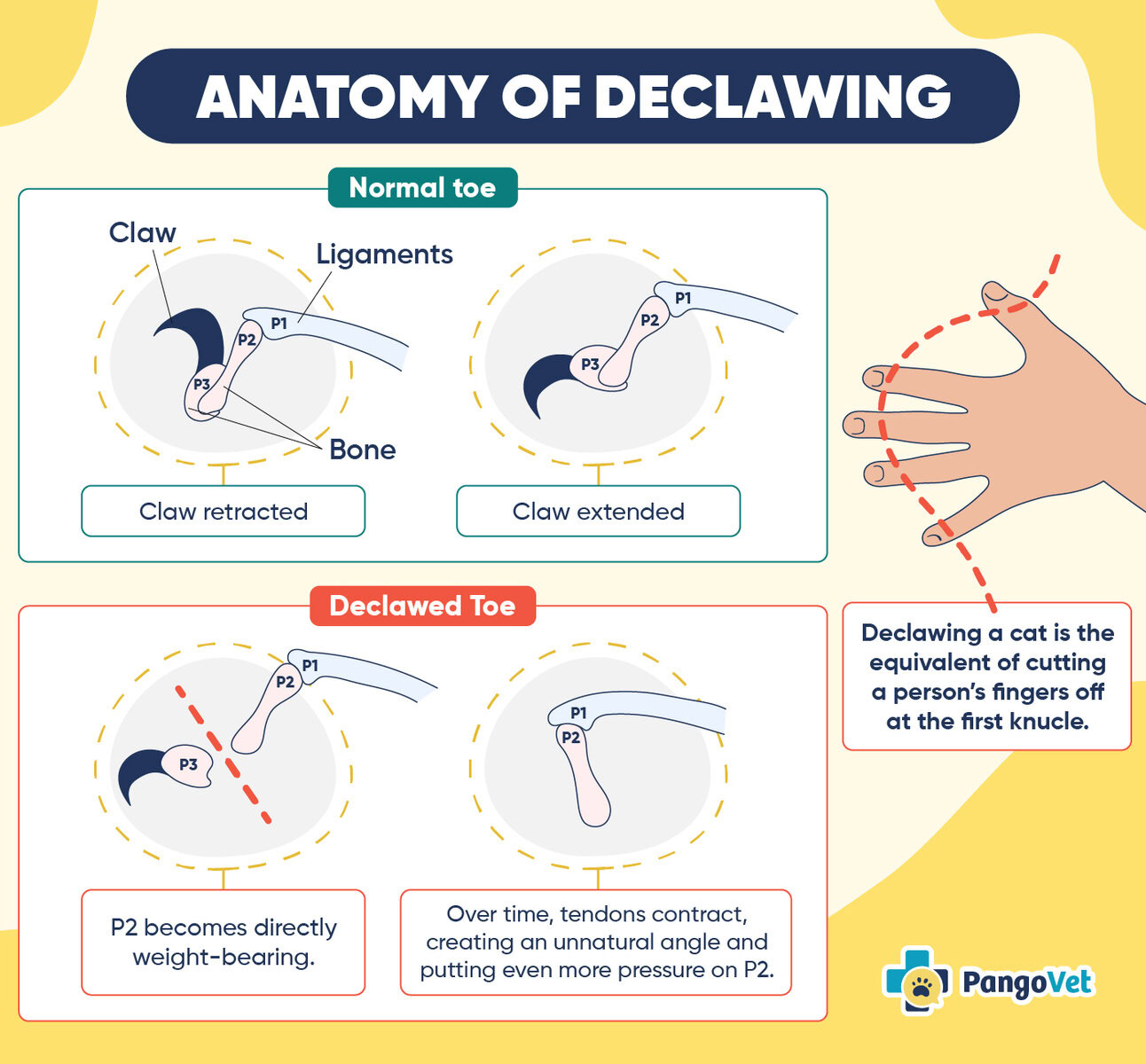
When Did We Start Declawing Cats?
Although cats started spending their lives with us around 10,000 years ago, their domestication has not produced the significant anatomical changes affecting their canine counterparts. Relatively few cat breeds exhibit any “extreme” features at the hands of selective breeding, and the overall feline physicality seems to have followed an “if it ain’t broke, don’t fix it” rationale.
Sometime in the mid-20th century, more and more people were encouraging their cats to live indoors. Their claws, however, were not so welcome. The exact timeline and invention of this rather grotesque solution to a human problem is quite murky. There are mentions of declawing as an optional add-on to spay/neuter surgery in the 1960s, and reports on the procedure started to appear in scientific publications in the late 1970s.

What Are the Perceived Benefits of Declawing a Cat?
Apart from rare cases where a medical condition or trauma necessitates the amputation of all or part of a digit, the benefits of declawing a cat are only for humans. The primary reason that cats are declawed is to protect household furniture, with the second most common justification being the prevention of injury to humans, most particularly the elderly, immunocompromised, or those on blood-thinning medication.
The only way in which declawing can be argued to serve the cat is when they are otherwise facing relinquishment or euthanasia. However, with the many alternatives to this procedure, the number of cats that would truly fit this description would be very few.
Additionally, there is no guarantee that owners who would otherwise rehome their cats without the procedure will not be equally opposed to other potential “negative” cat traits, such as house soiling, midnight caterwauling, or leaving fur on every surface.
What Are the Main Problems With Declawing?
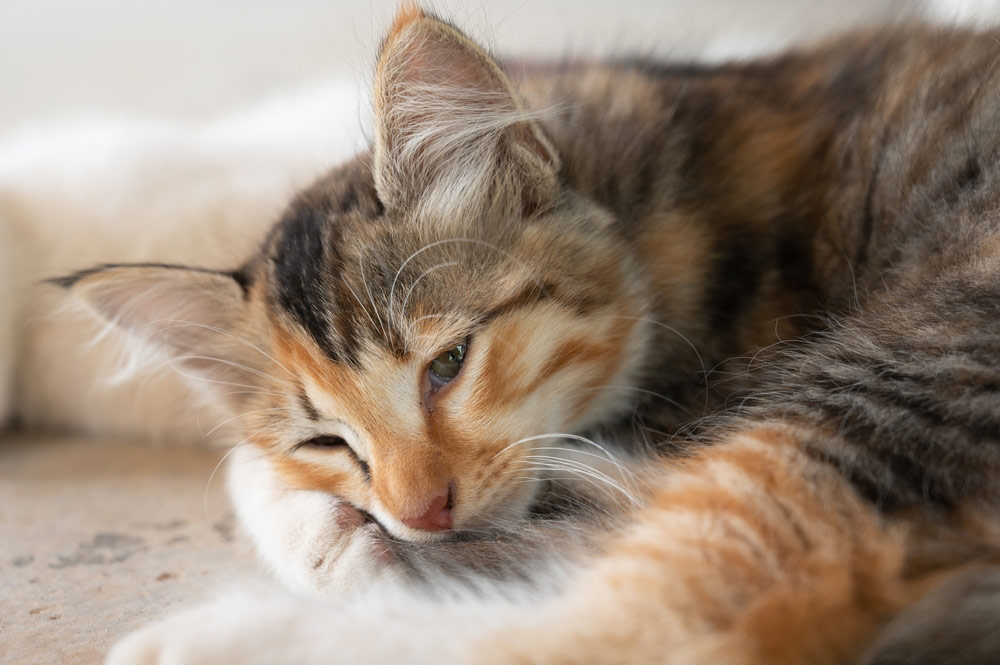
Apart from the obvious physical mutilation of removing an essential part of the cat’s anatomy, declawing a cat may cause:
| Suffering, caused by: |
|
| Stress, caused by: |
|
| Other problem behaviors: |
|
So, why is declawing still practiced? The main reasons are due to a lack of understanding of the full extent of the procedure, as well as misconceptions about what it means for the cat.

Declawing Cats: The Common Myths
Myth 1: Declawing Isn’t Painful
Research indicates that recovery from this procedure results in mild to severe levels of pain and can also result in complications such as hemorrhage, infection, nerve damage, and stress-related behaviors. The difficulty in assessing the long-term effects declawing has on cats is that cats tend to be stoic by nature and will mask signs of illness or injury. As either both front limbs or all four limbs are affected, it is difficult for a cat to visibly favor a painful foot. Also, much of the information about post-operative patients is anecdotal and based on owner reports, which are inherently biased in favor of declawing.
Myth 2: Declawing Strengthens the Bond Between Cat and Owner
When an owner elects to have their cat declawed, it is not surprising that their affection toward their pet, who can no longer scratch them or their furniture, increases. The cat, no longer being punished or scolded, is also likely to feel less wary of their owner. However, the same result may be achieved through non-surgical means.
Myth 3: Humans Have the Rights to Declawing Their Cat
Legally, this is true in most states. However, our ethical right to make surgical alterations to an animal with no therapeutic benefits is very much up for debate.
- In the US, less than 25% of vets will perform the procedure without a medical reason.
- It is illegal in 8 out of the 10 provinces of Canada.
- It is illegal in Australia, New Zealand, the United Kingdom, and most of Europe.
- Organizations such as the American Association of Feline Practitioners (AAFP) and the American Veterinary Medical Association (AVMA) have issued clear statements in opposition of the practice.
- Many veterinary schools are no longer teaching the procedure, meaning that fewer and fewer veterinarians will be trained to perform it.

What Are the Alternatives to Declawing?
Although more time-consuming than declawing, there are numerous ways to tackle this problem without harming a hair on your cat’s fluffy toe beans.
Training and Behavioral Modification
There are so many different methods you can use to alter and redirect your cat’s natural scratching behavior without having to resort to mutilation. There are ways to keep their claws dull and occupied elsewhere, home remedies that anyone can try, and pheromones to help them feel chilled out and less likely to need to scratch every surface.
Furniture Protection
You only need to search the words “furniture protection from cat scratching” to bring up myriad options you can place over your sofa or other surfaces to discourage your kitty from flexing their claws on your furniture, allowing you to really encourage and reinforce their use of all the scratching posts, cat trees, and other surfaces you have provided for this very purpose.
Nail Caps
Some cats will show that these clever little nail covers can be on the irritating side, but when applied properly by a veterinarian or professional groomer, they can be an effective way to save your surfaces without resorting to amputation. Be aware that these covers need to be replaced every 4 to 6 weeks. There is some controversy around these nail caps, however, as they still inhibit a cat’s ability to use their nails in a natural way.
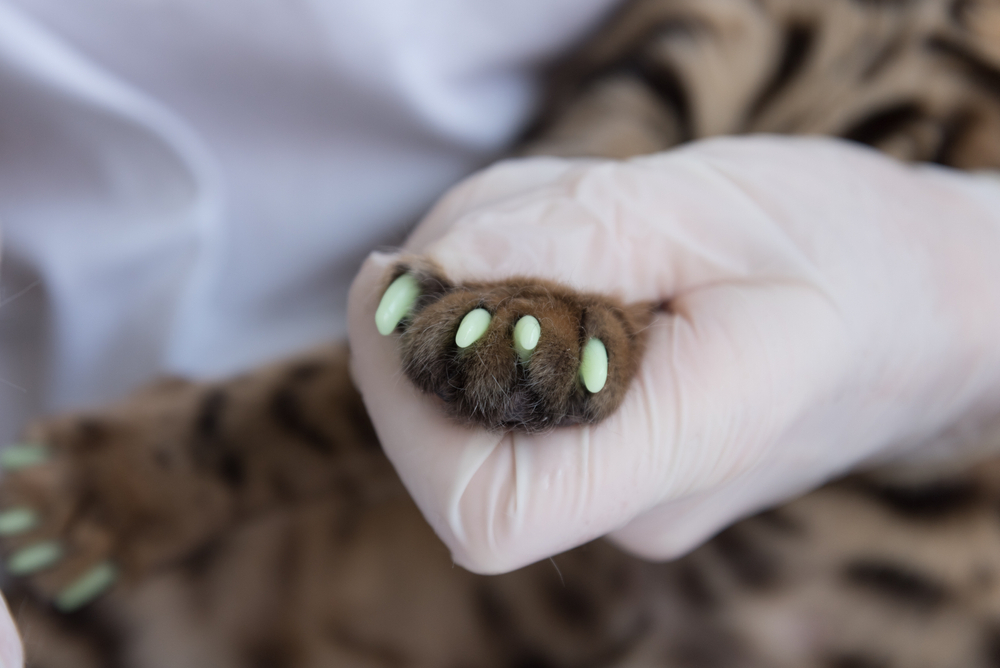
Adjust Your Expectations
We need to move away from the belief that instead of adjusting our own expectations, we can simply alter the nature and anatomy of the animals we have committed to look after and protect. We cannot pick and choose which parts of their bodies we want to keep and which we throw away. If you feel that you will not be able to tolerate damage to your furniture, consider a different pet. But if you choose to adopt or buy a cat, you need to be aware that they come with claws.

Final Thoughts
Declawing involves the surgical amputation of the end of the toes and should only, if ever, be considered at the end of a very long list of alternatives. Unfortunately, the convenience of skipping straight to the “easier” solution is often too tempting, and the alternative options are rarely fully exhausted.
Much of the world agrees that declawing is a cruel and unnecessary method of tackling a human problem at the expense of the animal, and with fewer veterinarians trained or willing to perform the procedure, it is likely to become a thing of the past.
If you are really struggling with the way in which your cat’s claws are impacting your world, talk to your vet and research the many different ways you can tackle this problem without needing to damage your cat’s anatomy and behavior.
See Also:
- Is Declawing Cats Illegal in the UK? Facts, Side Effects & Care Tips
- Is Declawing Cats Illegal in Australia? Reasons, Alternatives & FAQ
Featured Image Credit: DarAnna, Shutterstock
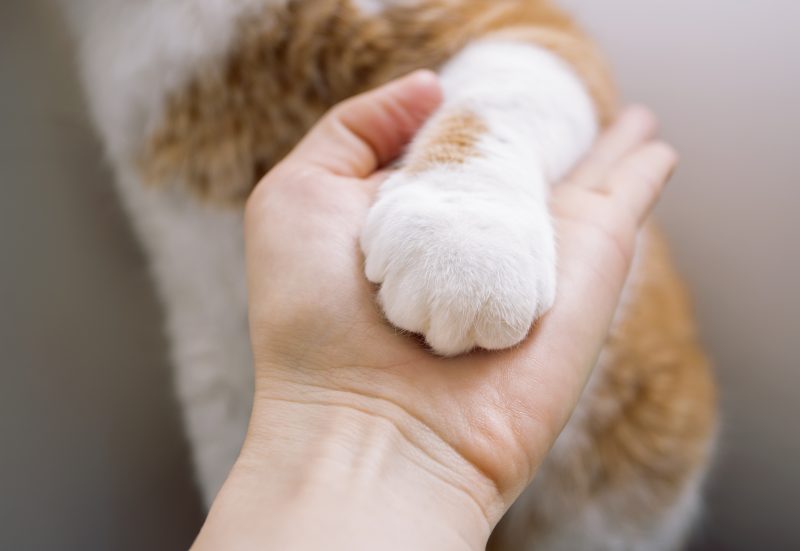

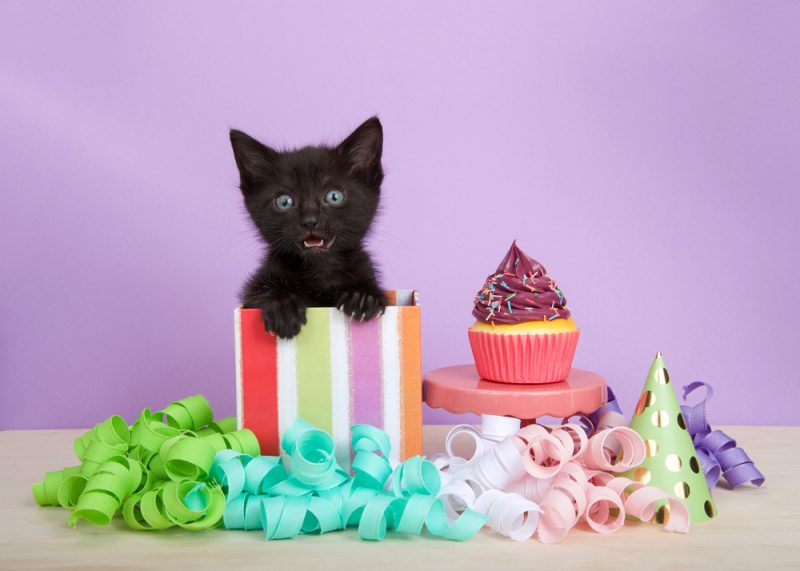
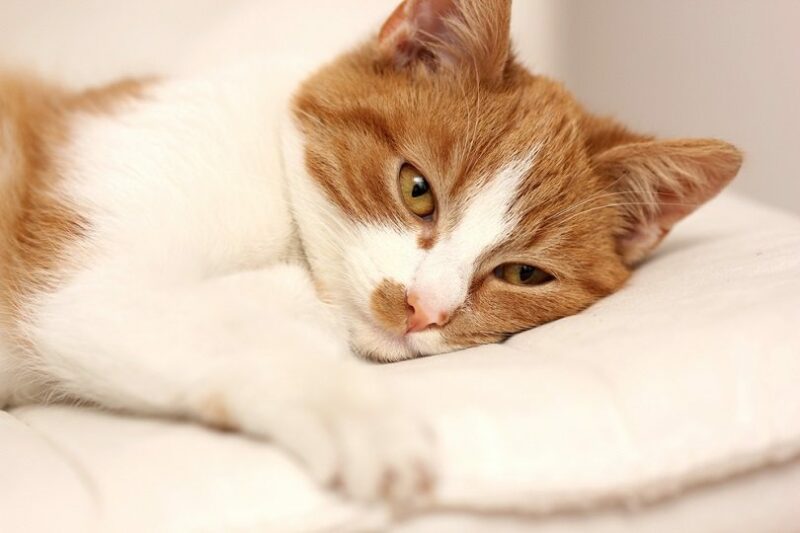
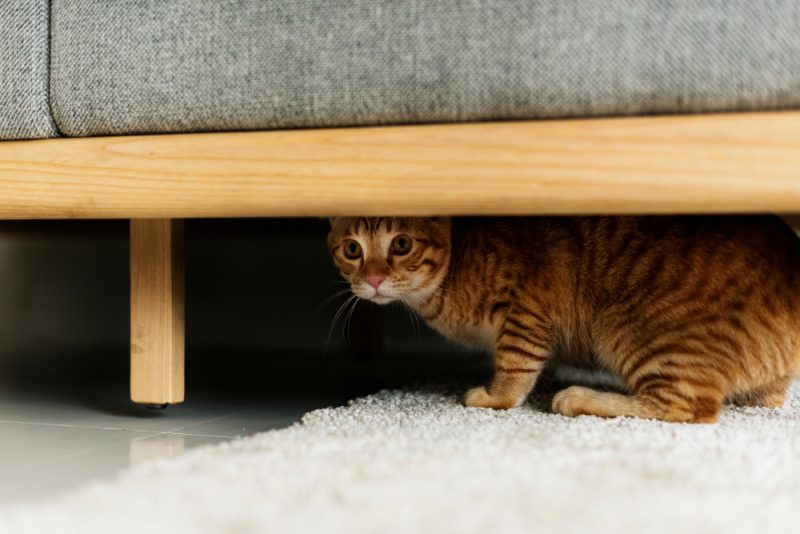


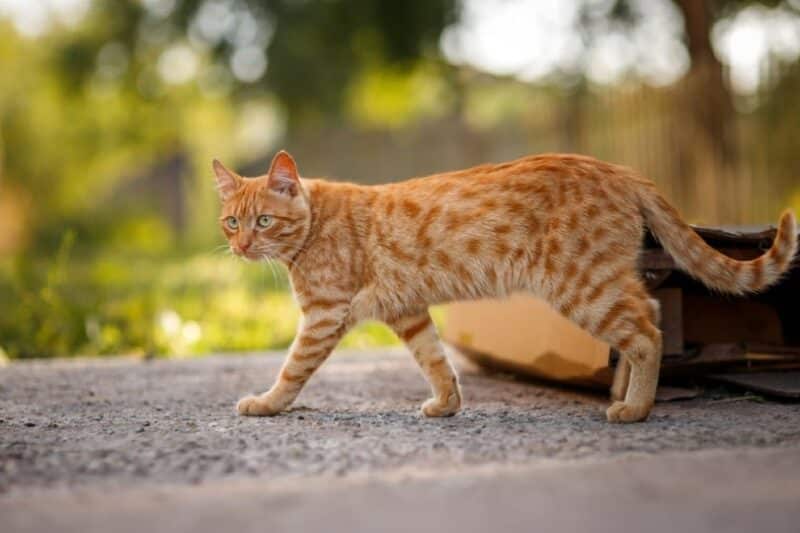
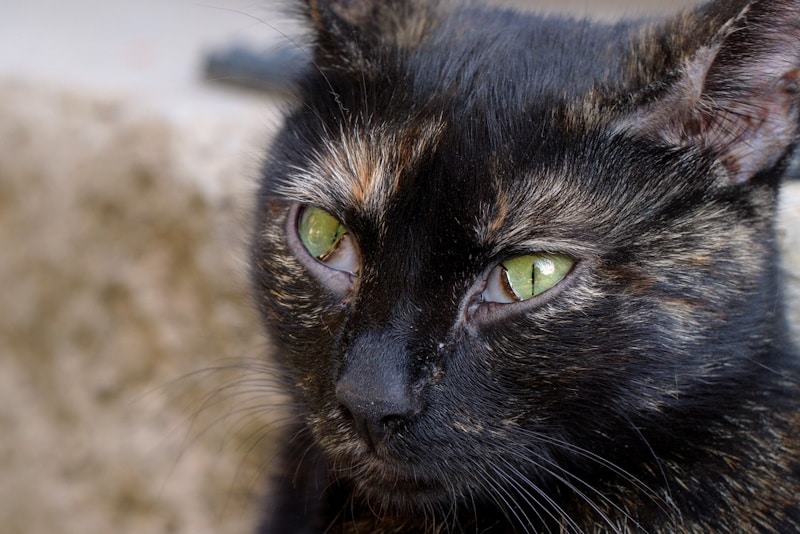
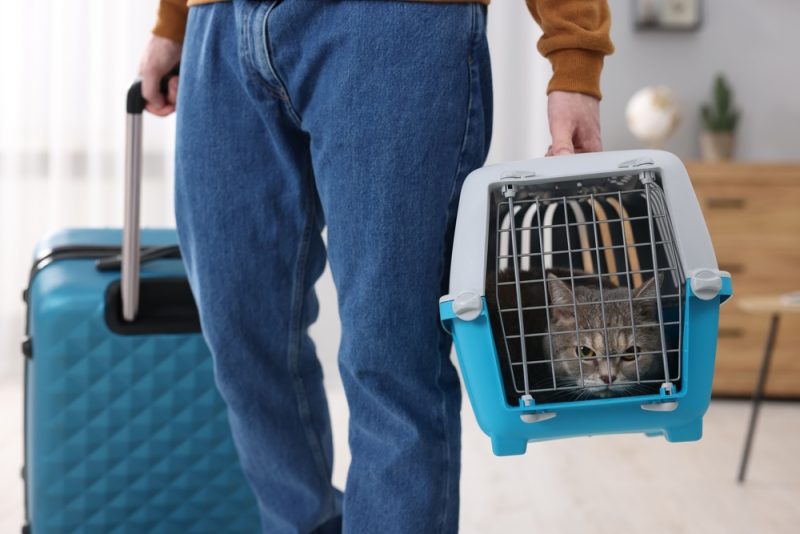

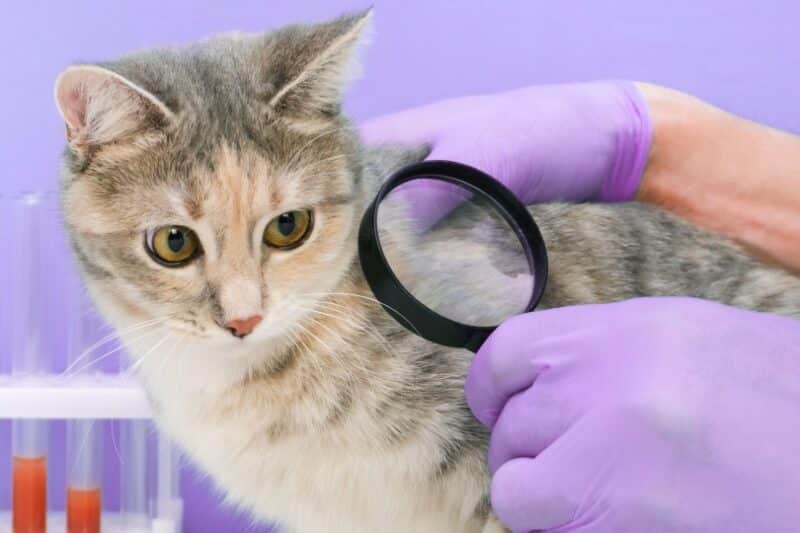
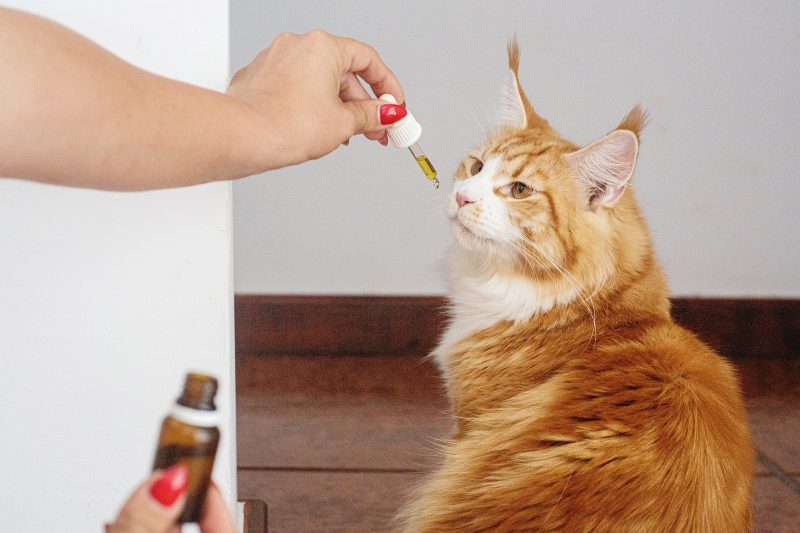

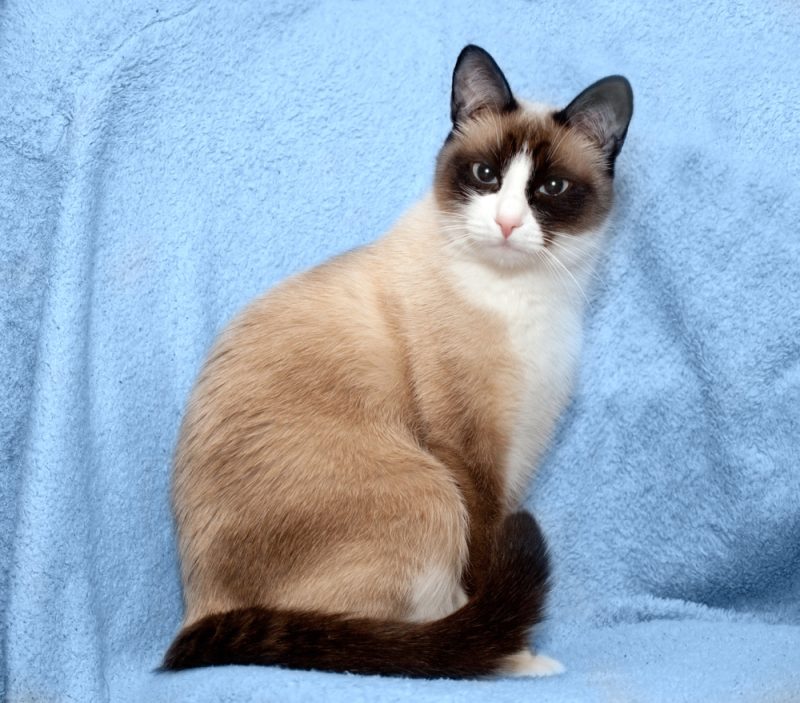
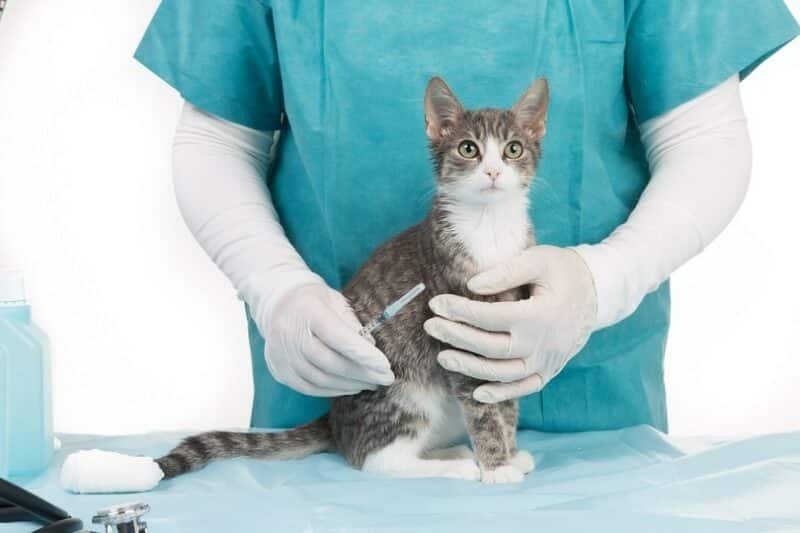
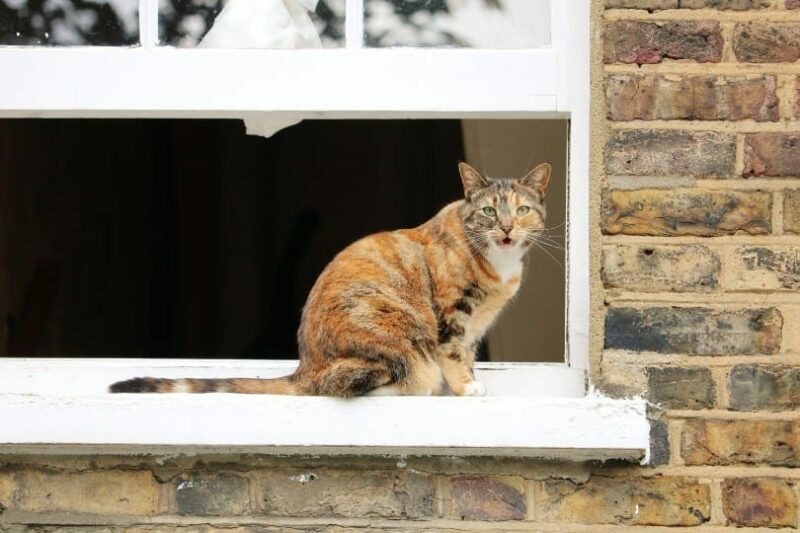
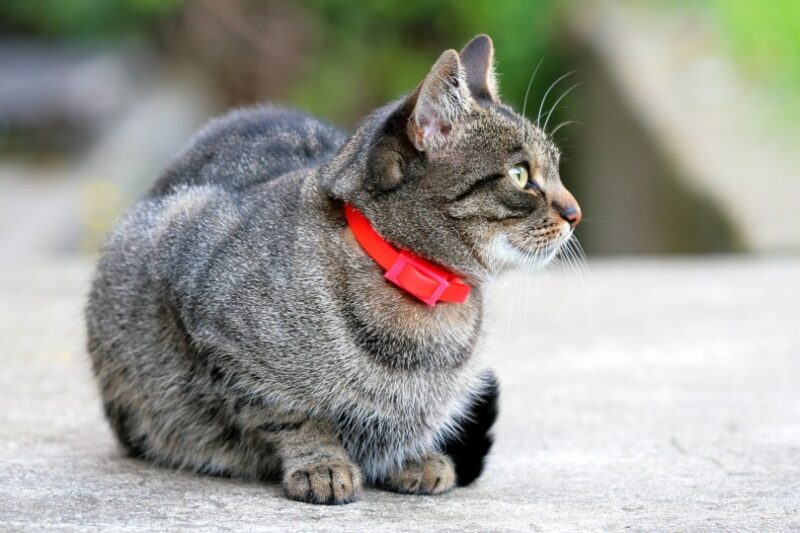

4 Responses
I'm thinking about declaring my kittens claws because she scratches me and it' hurts very bad I am 60 yrs old my skin is very thin what do you think please let me know what you think marlene
Hi Marlene, thanks for your comment. Sorry to hear about your struggles. Our stance at Catster is that we do not support declawing; instead, you can offer your kitten scratching opportunities, keep their claws trimmed, and use behavioral modification techniques based on positive reinforcement. You might find this post useful: How to Trim Cat Nails at Home – https://www.catster.com/cat-health-care/how-to-trim-cat-nails-at-home/ You can also get one one-on-one tips and advice at www.pangovet.com. Thank you
Vets claim that when a cat is declawed part of toe and/or joint is removed? When you clip your cat’s claws, you need to push their claws out to clip that nail, how is this any different as getting your tooth pulled? The vet should not have to remove any part of their toe. They are removing their claw, so therefore their incision would be going in and removing the claw only where it is attached. The roots of the claw, not the toe or up to the first “knuckle “ as it has been compared to. Of course it will be painful at first, any surgery is.
How many cats are in shelters because people do not want their furniture torn up! Which is better, a loving home or a home in a cage?
Hi Nancy, thank you for taking the time to read and share your thoughts with us! Declawing, or onychectomy, isn’t just the removal of a cat’s claw—it involves amputating the last bone of each toe because the claw grows directly from that bone. This is very different from trimming a cat’s nails, which is painless and removes only the outer, dead part. Declawing is more like amputating the tip of a human finger, which can lead to significant pain, arthritis, chronic discomfort, or behavioral changes. Since cats rely on their claws for balance, climbing, and expressing natural behaviors, removing them can deeply affect their well-being.
We understand concerns about cats being surrendered to shelters due to scratching. However, there are humane alternatives to declawing that can help keep cats in loving homes without compromising their welfare. Regular nail trims, scratching posts, nail caps, and behavioral training can all effectively manage scratching behavior. By addressing these challenges with empathy and education, we can ensure cats stay happy and healthy while preserving their natural behavior. Thank you for engaging with this important topic!